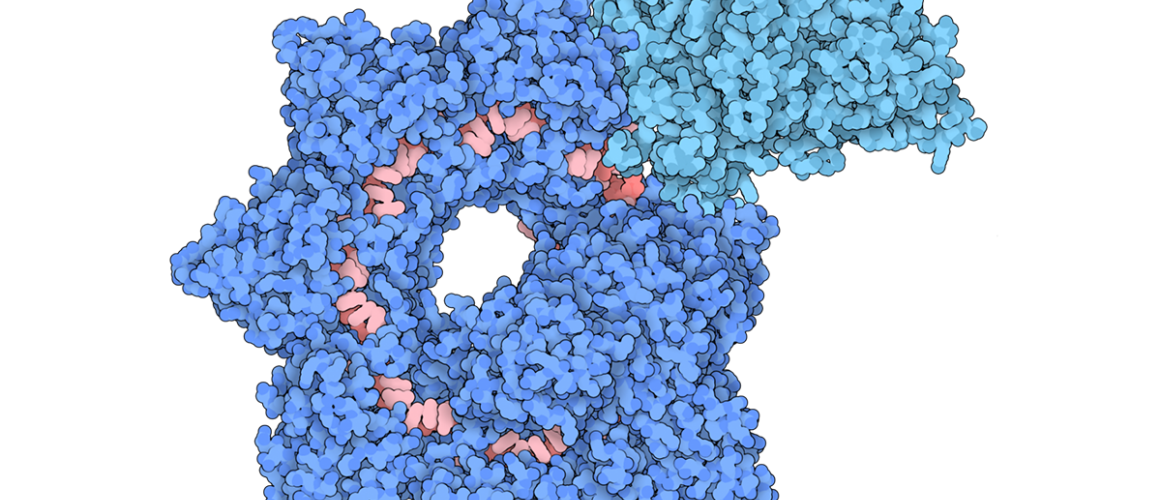The CRISPR gene-editing system is a marvel of modern science, but cutting strands of DNA may not be the safest or most elegant solution. Researchers at Columbia University have developed a new version called INTEGRATE that works in a similar but gentler way, using “jumping genes” that insert large sequences of DNA without breaking the strands. And they’ve now imaged the mechanism at work for the first time.
Most CRISPR systems work by scanning through the genome in search of a specific target section of DNA, cutting a piece out then inserting something new. This allows undesirable genes – such as those that cause disease – to be removed and replaced with something more beneficial. But with all that cutting and pasting, sometimes the sequence doesn’t join back together properly, and this can lead to unintended mutations.
An emerging branch of CRISPR systems takes a more gentle approach, adding new DNA sequences without cutting existing ones. Insertion of Transposable Elements by Guide RNA-Assisted Targeting (INTEGRATE) is one such system.
Read more at NewAtlas






Add comment